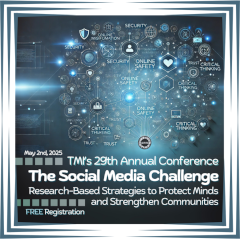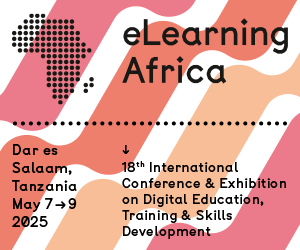Imperial College London Accelerates Learning
London (UK), December 2011 - Tata Interactive Systems (TIS) has announced that it is increasing its support to in-house eLearning development teams as a result of demand for online learning. TIS has also shared three steps organisations can take to "turbo-boost" the capacity and capabilities of their in-house eLearning development teams.
According to TIS, the UK eLearning market has matured to become a mainstream activity, and for many larger organisations, this has meant a sudden growth of in-sourced eLearning development teams. These departments have been agile in meeting their organisational needs. However, the workload for many in-house teams has increased exponentially as they are being asked to deliver more learning content with fewer resources.
Imperial College London is a science-based institution with a reputation for excellence in teaching and research that has 14,000 students and 6,000 staff. Ashish Hemani, eLearning Project Manager at the Faculty Education Office, Imperial College London explains, "eLearning delivers huge benefits to our medical undergraduates, ensuring they receive consistent learning while on rotation at hospitals around the UK. However, the success of our eLearning programme meant our in-house project team became overwhelmed with further development requests."
"Partnering with TIS means we can draw upon additional development-skilled resources without the costs of recruiting in-house or completely outsourcing development. We are able to share ideas with TIS's experts, benefit from their experience in novel areas such as 3-D animation and serious games, and dramatically reduce the turnaround time for eLearning development while still delivering high-quality learning interventions."
To help HR and L&D departments continue to innovative and deliver high-quality learning content, Tata Interactive Systems (TIS) suggests a three-step review.
- In-house HR departments and L&D teams first should review and update their instructional-design processes on a regular basis. They should then identify where the gaps are and query if the content can be delivered in a more innovative way to improve information retention. Limiting eLearning content delivery to "that's how we've always done things" can have a negative outcome.
- Assess whether existing authoring tools can be enhanced with the addition of learning objects such as 3D animations, serious games, business simulations or Flash-based content to "nail" vital learning objectives located within courses.
- Organisations should consider bringing either onsite or offshore professional resources onto specific projects if their eLearning needs exceed the development team's ability to deliver innovative training in a high-quality and timely way. External support should not be seen as a threat but a way of enhancing or turbo boosting existing training capabilities.










